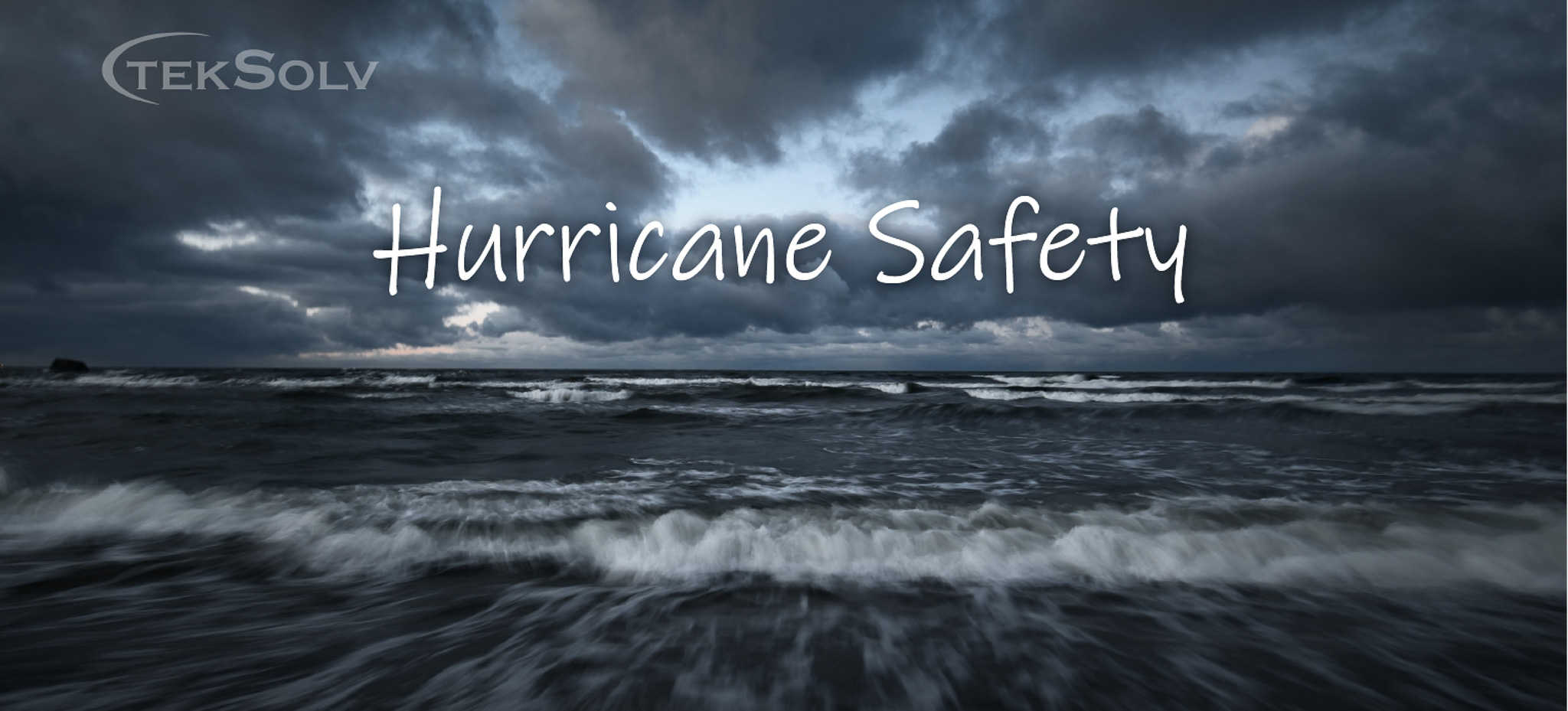
Hurricane season runs from June through November. Even though the season saw a rather slow start this year, with only three hurricanes to note before September, it quickly ramped up. The most recent hurricanes brought massive destruction to several communities throughout the Atlantic. Hurricane Fiona left major damage to parts of the Carribean, Bermuda and Eastern Canada. Powerful winds and waves destroyed homes and knocked down power lines, leaving hundreds of thousands without power in both Puerto Rico and parts of Canada. The next week, Hurricane Ian develops and strengthens hitting parts of Cuba. Becoming a strong category 4 hurricane, Ian slams into the southwest coast of Florida, flooding entire communities and leaving millions without power. As rescues continue into this week, the death toll has now surpassed 100.
Research shows that over the past four decades, hurricanes have grown stronger worldwide. Even though we may see less hurricanes throughout the season, just like the most recent ones, they will be more impactful and destructive.
Now, more than ever, it's pertinent to know how to prepare for hurricanes and how to react when one is on the way. While the biggest effect of these storms is often along the shore, they can still have a significant impact on communities hundreds of miles from the coast.
Hurricane Prep Checklist
- Mark down important phone numbers and post them on your refrigerator and in your cell phone.
- Locate the shelters that are closest to you and identify a few routes to them from your home.
- If you are a pet owner, create a plan for them during an evacuation.
- Will you take them with you? Will a family member or friend watch them for you? Is there a pet-friendly hotel nearby?
- One of the best ways to be prepared for a hurricane is to create a small kit of essential items that you can grab quickly, should a hurricane strike.
- Emergency food and water supply (bottled water and granola bars, pretzels, etc.)
- Medicine supply (generic medication and prescription medication)
- Power sources (portable chargers, flashlights - don’t forget extra batteries)
- Safety and personal items
- Important documents (medical documents, wills, passports, personal IDs)
- Put them in ziploc bags to protect them from water damage.
- Keep a note in the kit listing any items that you can’t pack ahead of time to remind yourself in an emergency. That way you can quickly grab the items and be efficient.
Know When to Take Action
A hurricane watch is very different from a hurricane warning. Knowing the difference between will equip you with the knowledge necessary to act fast and stay safe. Note: hurricane conditions are defined as sustained winds of 74 mph or higher.
- Hurricane watch: hurricane conditions are possible but not yet occurring. Experts typically announce hurricane watches about 48 hours before they expect tropical-storm-force winds, which are sustained winds of 39-73 mph, to start.
- Hurricane warning: (more serious than a watch) hurricane-force winds are expected to occur. Experts issue these about 36 hours before they expect tropical-storm-force winds to be in the area to give everyone ample time to prepare.
Right Before a Hurricane Hits
Once a warning has been issued, it is crucial that you begin preparations in case you need to evacuate.
Prep Your Car
- Make sure that your car has a full tank of gas.
- Move any vehicles into your garage or under cover.
- Put an emergency kit in your car, if there isn’t already one.
- If you don’t have a vehicle, reach out to family, friends, or authorities about getting a ride in the case of an evacuation.
Prep Your Household
- Review the emergency plan with your family.
- Continue monitoring the radio or news for storm updates.
- Put any pets or farm animals in a safe place.
Prep Your Home
- Clear your yard of any items that could blow around during the storm and damage your home or others. Move any bikes, grills, lawn furniture, etc. inside or under shelter.
- Cover up windows and doors with storm shutter or plywood.
- Be ready to turn off your power. You will need to do so if flooding begins, if you see downed power lines or if you need to evacuate.
- To prepare for lost water supply during the storm, fill clean water containers with drinking water.
- Check your carbon monoxide detector’s battery to prevent carbon monoxide poisoning.
Be Ready to Evacuate or Stay Home
Listen to authorities and follow their instructions to evacuate or stay at home. If you are instructed to evacuate, do NOT attempt to stay home.
If you need to evacuate
- Take your emergency kit and only necessities
- Unplug appliances and turn off your gas, electricity and water.
- Follow only the route that emergency workers recommend. Don’t try to take another route to avoid traffic.
If you need to stay home
- Keep your emergency kit and any necessities close by.
- Follow the radio or tv for emergency updates.
- Stay inside and away from windows. Even if it looks calm, don’t go outside.
- Be ready to evacuate if emergency officials say to do so.
Information sourced from the CDC - cdc.gov.
